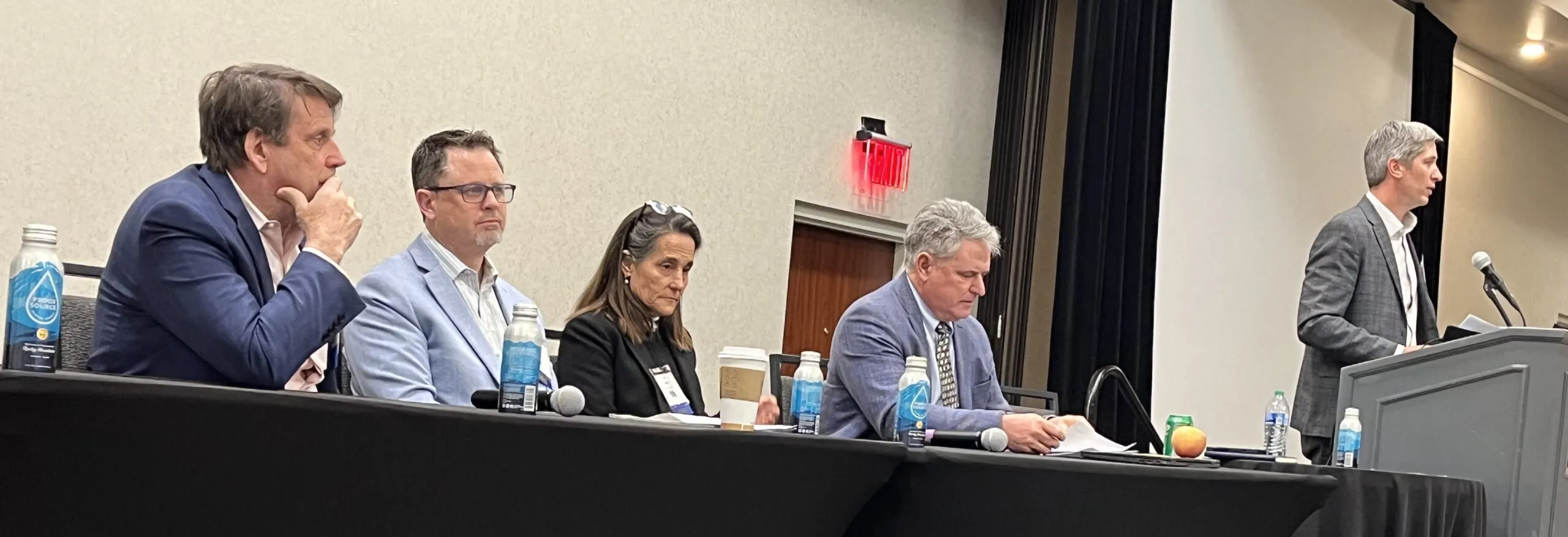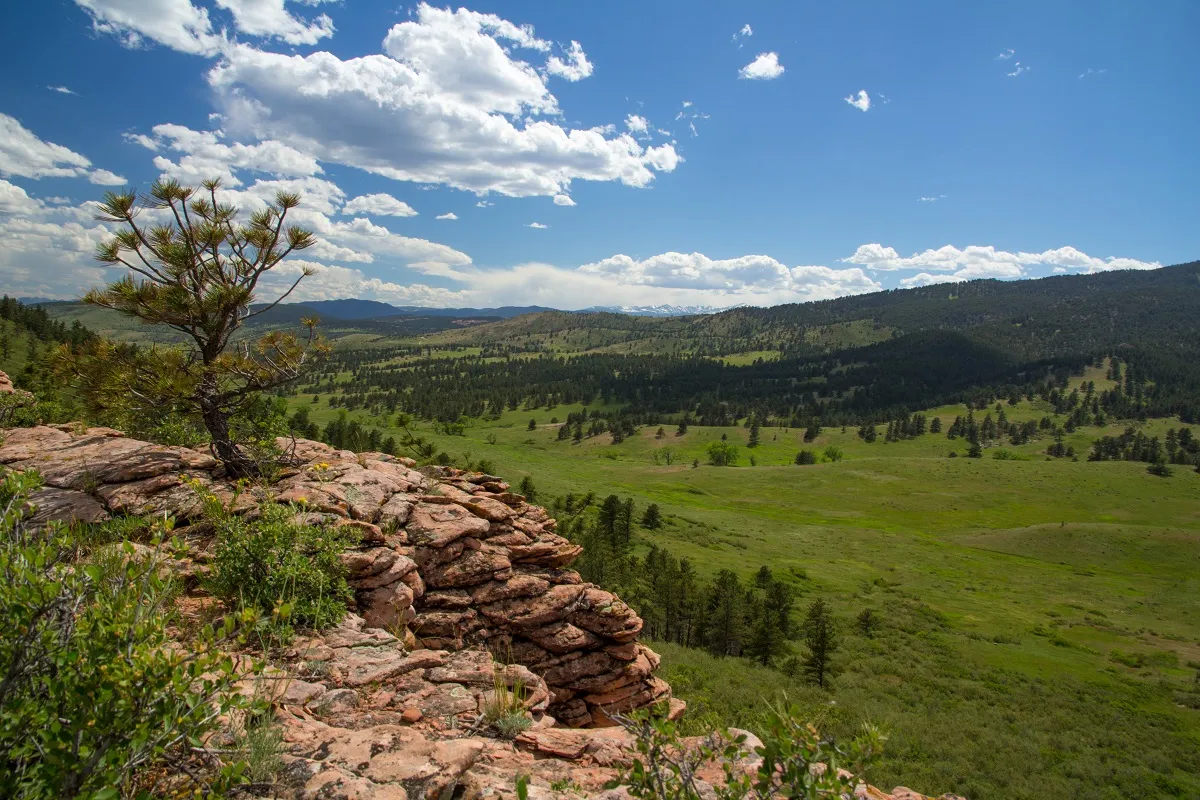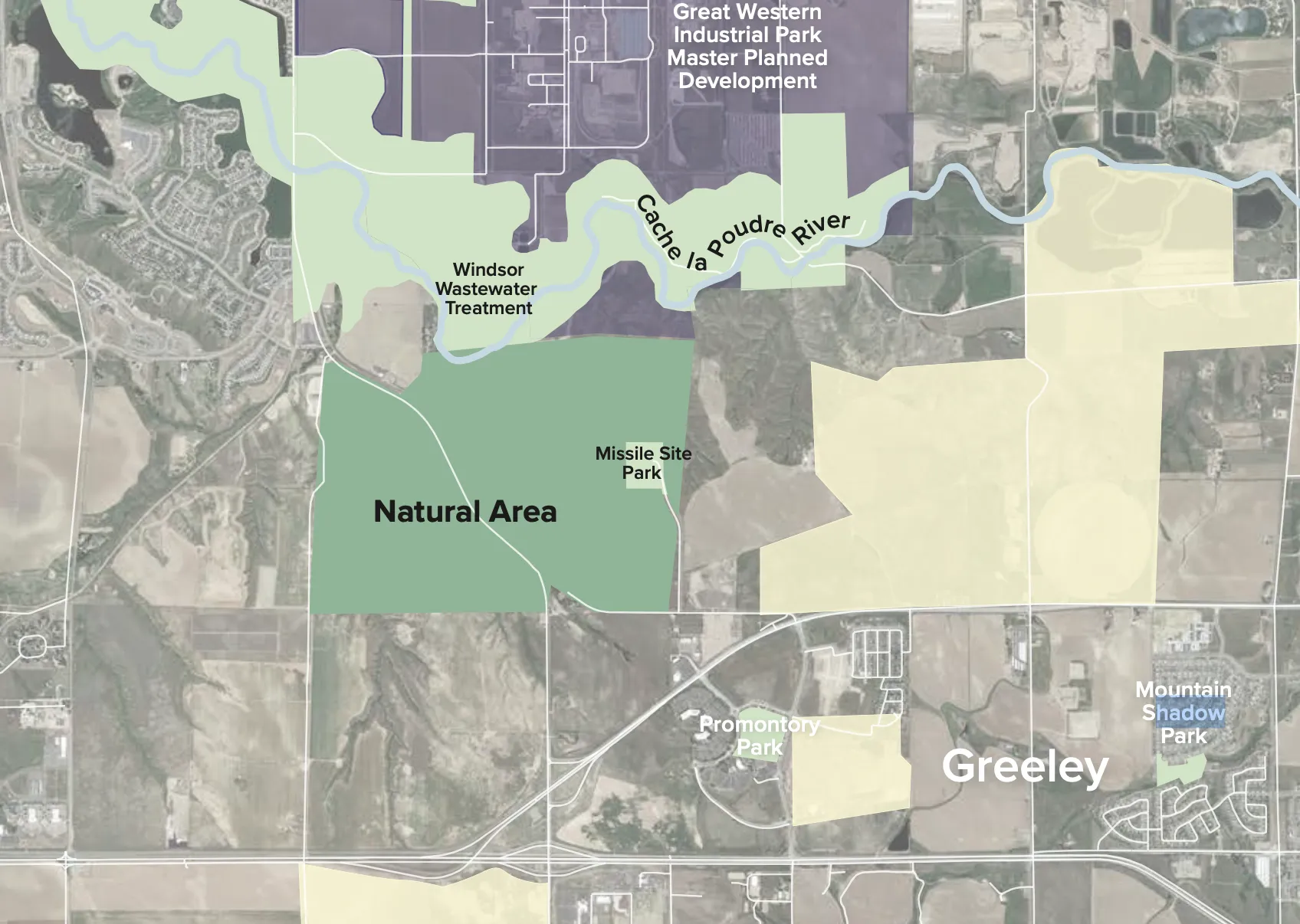NoCo Real Estate Summit: Collaboration key to water issues

FORT COLLINS — “Collaboration” was the word of the day among participants in a discussion about water use in Northern Colorado.
The discussion occurred at BizWest’s Northern Colorado Real Estate Summit in Fort Collins Wednesday. It was moderated by Adam Jokerst, Rocky Mountain regional director for WestWater Research LLC, based in Fort Collins.
For Fort Collins mayor Jeni Arndt, who mentioned twice that she was speaking for herself and not for the city, the application of the 1041 permitting process sets up competition, rather than collaboration. The 1041 process grew out of a state law passed in the 1970s that gives local governments some measure of control over projects considered of statewide importance. Fort Collins is revising its 1041 process right now as a result of the Northern Integrated Supply Project, or NISP, which will divert water from the Poudre River to a reservoir north of the city. The project will have some elements that cross land in Fort Collins.
SPONSORED CONTENT
For John Tracy, director of the Colorado Water Center at Colorado State University, setting up walls between competing interests almost always results in failure.
“When you put up a wall and say these people can be in the discussion and these can’t, it’s not sustainable. Over time, it will fail. Sustainable water management means a continuously inclusive process for dialog and decision making,” he said.
“There is a perception that if more people come into a room and discuss, it will be more difficult to reach a decision. Expanding the conversation brings more valuable knowledge and it leads to decisions,” he said.
Water scarcity
Sean Chambers, director of water and sewer for the city of Greeley, said working in a region of water scarcity requires being “water smart,” which he defined as looking at each type of water — raw, treated, stormwater, treated wastewater — and figuring out the best use.
He advocated being more efficient with water use, particularly in landscaping, and also planning for uncertainty (the Colorado River supply question) and disruptions.
Brad Wind, general manager of the Northern Water Conservancy District, said Colorado has plenty of water. It’s just a question of where it will be used. “We have enough water to support a population of 32 million with the water we use for agriculture. The question is, do we want to use it for a population of that size.”
He also encouraged more-efficient water uses. He also encouraged developers to buy native supplies. “There are water rights on the property you’re developing; consider dual use of that water. Keep those ditch systems in business and in Northern Colorado. As you invest in those systems, that means the pirates to the south can’t (invest in those systems).”
Dual use was later defined as using raw water for things such as landscaping, which then can be reclaimed for crops downstream.
Keeping water in agriculture is important and a “shared value,” Arndt said. While the Colorado-BigThompson system originally was created to support agriculture in eastern Colorado, 70% is now owned by cities but usage remains 50% for agriculture (because some city-owned supply is leased back to ag.)
She said water needs to be stored, especially because climate change means that snow will melt faster and must be stored someplace to have it available for either cities or farms. “We don’t want to run agriculture for urban sprawl,” she said.
Tracy said that he is often asked “when will we run out of water.” That’s the wrong question, he said, because “we’ve always been out of water compared to the eastern perspective.”
“It’s not a commodity. When we use water, we don’t consume water. Your water use is someone else’s supply (as it flows elsewhere in the system.)”
Other factors, such as transportation, air quality and other issues that come with population growth will be the limiting factors, he said.
Chambers noted that the economic future of the area is tied to having water supplies. When water leaves the region, economic prosperity also leaves.
Wind said that when water becomes available in the region, “we have to work collectively to buy it to secure supplies for future generations.”
1041 process
While Arndt said the 1041 planning process sets up conflict instead of collaboration, she’s uncertain why — except for politics.
“”This isn’t a conflict. It’s the social aspect that makes it a conflict. We just have to stop that.
Pitting environmental concerns above storage concerns “is a stupid thing to say. Northern Water isn’t environmentally insensitive,” she said.
Tracy said law changes aren’t necessary to promote more collaboration. “It’s a change in perception. You need to realize that you need a stakeholder engagement process. All the voices at the end won’t be at the first meeting. Give them a platform to speak,” he said.
FORT COLLINS — “Collaboration” was the word of the day among participants in a discussion about water use in Northern Colorado.
The discussion occurred at BizWest’s Northern Colorado Real Estate Summit in Fort Collins Wednesday. It was moderated by Adam Jokerst, Rocky Mountain regional director for WestWater Research LLC, based in Fort Collins.
For Fort Collins mayor Jeni Arndt, who mentioned twice that she was speaking for herself and not for the city, the application of the 1041 permitting process sets up competition, rather than collaboration. The 1041 process grew out of a state law passed in the 1970s that gives local…





